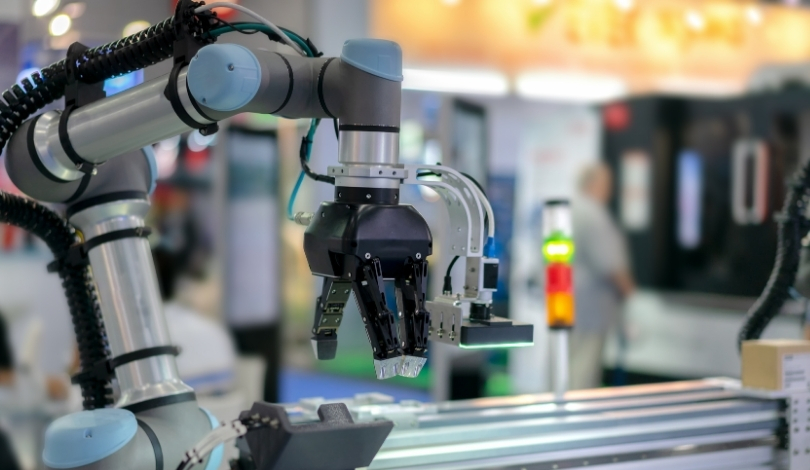Real Life Robotics Inc. has introduced its advanced delivery robot, BUBS, at the Toronto Zoo, marking a significant step in sustainable technology integration. The launch coincides with the zoo’s 50th-anniversary celebration. This initiative represents a broader effort to transform the zoo into a technologically sophisticated conservation area, aligning with its long-term environmental goals. The BUBS robots handle the last-mile delivery of food to animal habitats, potentially reducing the zoo’s reliance on fossil fuel-based vehicles.
The Toronto Zoo now utilizes BUBS robots, named “Zoober,” for their daily meal deliveries to animal habitats. Previously, the zoo depended on traditional vehicles to transport between 1 and 1.5 tons of food across its extensive 500-acre area. The objective is to achieve net-zero emissions by 2030, and these robots are a step towards that goal. Unlike past scenarios where the zoo used fossil fuel-based transport, this initiative presents a greener alternative within the zoo’s boundaries.
Technological Advancements at Toronto Zoo
The BUBS robots operate autonomously within the zoo, moving from the central kitchen to designated animal habitats. Visitors might spot these robots on both back roads and public trails. This pilot project, as stated by Toronto Zoo CEO Dolf DeJong, aims to enhance efficiency and sustainability while showcasing the zoo’s commitment to innovative technologies.
“We are pleased to partner with Real Life Robotics on this pilot project that draws on their human-centric approach to robot design and deep understanding of autonomous technology,” said Dolf DeJong, CEO of Toronto Zoo.
Collaborative Efforts and Broader Implications
Bell Canada supports this project by providing connectivity and management tools through its 5G Developer Program. Real Life Robotics utilizes these tools to enhance the system’s design and deployment, providing actionable insights from real-time data. This collaboration underscores the potential for robotics to improve various sectors, from fleet management to municipal operations.
“Bell is proud to empower Canadian businesses of all sizes to leverage modern IoT solutions, like Real Life Robotics, to transform how they and their customers operate,” said Steve Grywul, Vice President of Advanced Solutions at Bell.
Real Life Robotics aims to expand its deployments to public streets, marking a potential shift since the Toronto City Council’s 2021 ban on sidewalk robots. This move could address concerns about pedestrian safety, particularly for individuals with disabilities, as highlighted by the Accessibility for Ontarians with Disabilities Act Alliance.
Real Life Robotics’ implementation of BUBS at the Toronto Zoo signifies a notable effort towards integrating sustainable technology in everyday operations. By reducing reliance on fossil fuels, the zoo advances its environmental goals while improving operational efficiency. The collaboration with Bell and other partners shows the broader potential of similar technologies in various sectors, provided that safety and accessibility concerns are addressed.










